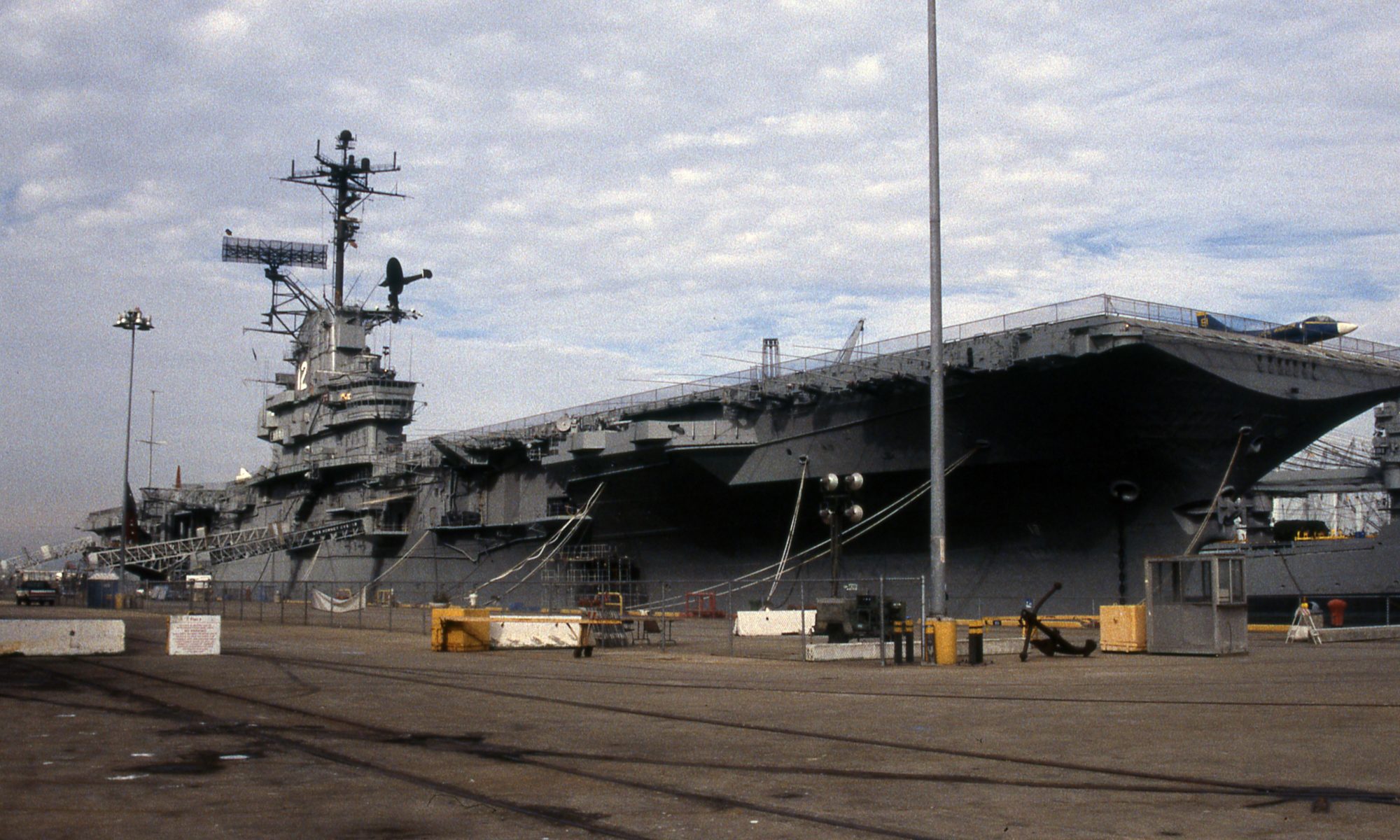More shocking than the Russian seizure of the Crimea a few months ago was the return of crude Soviet style anti-Western rhetoric emanating from the Kremlin. Putin is an inveterate KGB master who has never given up on the old Cold War. The KGB refashioned as today’s FSB has now taken over Russia.
Many analysts are quick to argue that there can be no new Cold War, since Russia lacks the ability to project forces globally. Yes, this is clearly the case, but this misses one key point. Soviet activities around the world in the 1970s seen at the time as Soviet resurgence is now viewed as imperial overreach by many critics. Russia by nature is a landlocked country and it’s true strength remains in fighting in Europe. The Russian Economy is far smaller relative to the US than the old Soviet Union and certainly the old Warsaw Pact, but the Russian military can be more focused in a particularly dangerous manner.
China is no true ally of Russia. The Chinese are successfully integrating into the Global Economy and have their own border problems to deal with. Unfortunately, Russia’s troubles do not make them less dangerous. In fact they make the restless Bear angry and desperate. Desert Storm in 1990 demonstrated the overwhelming conventional military advantage of the United States. However, Russia is learning ways to compensate and much of the technology is filtering through. What is also frightening for the long term security of Europe is the continent has largely disarmed as Russia works to modernize and repair its forces. Western European countries have tiny defense budgets and hollowed out militaries, and the last American and British tanks left Germany a couple years ago.
However, what makes Russia truly dangerous is that they have considerably more nuclear weapons than the United States. There is a strong naïve complacency among most educated people in the West about this. It is widely assumed that Russia’s nuclear arsenal is somehow irrelevant because of Mutually Assured Destruction. Unfortunately, MAD involves massive use of strategic nukes but really does not clearly deter the use of tactical nukes. The ABC Movie Day After depicted a frighteningly realistic scenario of how a limited nuclear war quickly escalates in a weekend to a total nuclear war largely devastating the United States. However, back in those days it was mostly NATO leaders who talked about limited nuclear war, fearing the numerical advantage of the Warsaw Pact’s conventional forces.
While our arms reduction treaties impose roughly strategic nuclear parity with the Russians, they unfortunately have never applied to Russia’s tactical nukes. Russia has far more tactical nukes than the United States. What makes this situation particularly dangerous is the Russians can use our fear of uncontrollable escalation and horror over even the smallest nuclear exchanges against us. Perhaps, Russian spending on nuclear weapons is just a payoff to a politically favored industry, but what if it’s not? It is hard to believe the Russian military is committed to friendly relations with the United States, when it continues to spend billions maintaining the largest nuclear arsenal in the world, which also happens to dwarf the Chinese arsenal. Complicating further containing any possible Russian aggression against Europe is the fact that the type of bombing used in both Serbia and Iraq could be confused as part of a massive impending nuclear strike by the Russians. Even worse the Russians may feel inclined to play up this fact to neutralize much of the power of our Air Force and Navy. Highlighting the impressive capabilities of Russia’s rapidly modernizing nuclear delivery systems is that the United States is no longer able to return astronauts from orbit without using Russian space vehicles. Even more frightening is the fact that the Defense Department has become highly dependent on Russian engines to launch its satellites. Certainly, it’s hard to believe the Pentagon would not have alternatives, but clearly Russian Rockets work and are no joke.
The most frightening question that can be asked is what would the US do if one day Russia used even a single tactical nuke in a battle somewhere in Europe? That is a terrifying question that I am not even sure is good to ask.



